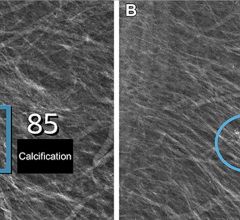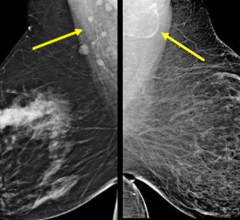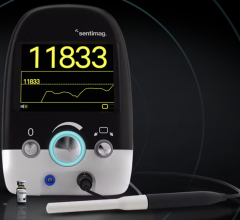February 5, 2009 – Nearly two thirds of the states in the U.S. experience a slight decrease in mammography utilization between the years 2000 and 2006, according to a study performed at the Centers for Disease Control and Prevention (CDC), and this rate in low resource areas could be higher.
Data showed that although mammography use in 17 states including Minnesota, Tennessee, Georgia and Alabama had increased slightly between 2002 and 2006, mammography use in 34 states and the District of Columbia including Utah, South Carolina, New Mexico and Delaware had a slight decrease. The decrease in utilization ranged from -0.3 to -5.3 percent. The CDC also reviewed incidence rates and found that between 2000 and 2004 all but one state (Tennessee) had a decrease in breast cancer incidence rates. There was no clear pattern among the states though in regards to region, average age, average income or population density.
"The Government Accountability Office reported that there was a 6 percent decrease in mammography facilities use across the U.S., but despite their report there is a growing concern that this rate in low resource areas could be higher," said Jacqueline Miller, M.D., lead author of the study. "Women in these areas may not have a convenient place to go. Also, reports have shown that insurance co-pays were related to women not getting their mammogram and we know that some insurance companies have increased their co-pay requirements. When there are more out of pocket costs, women start weighing the costs of screening against other competing factors," said Dr. Miller.
"Monitoring breast cancer screening practices and breast cancer incidence trends at the state-level may enable us to catch changes early. If we start to see that screening rates are going down, we can work to identify where and who interventions need to be targeted," said Dr. Miller. "In doing so, we can decrease invasive breast cancer incidences and breast cancer mortalities," she said.
"We need to do more to get the word out to women and healthcare providers about the importance of mammography. At the state-level, we hope to get the word out in different avenues to reach different audiences," said Dr. Miller.
Source: February issue of the American Journal of Roentgenology.
For more information: www.ajronline.org


 July 29, 2024
July 29, 2024 








